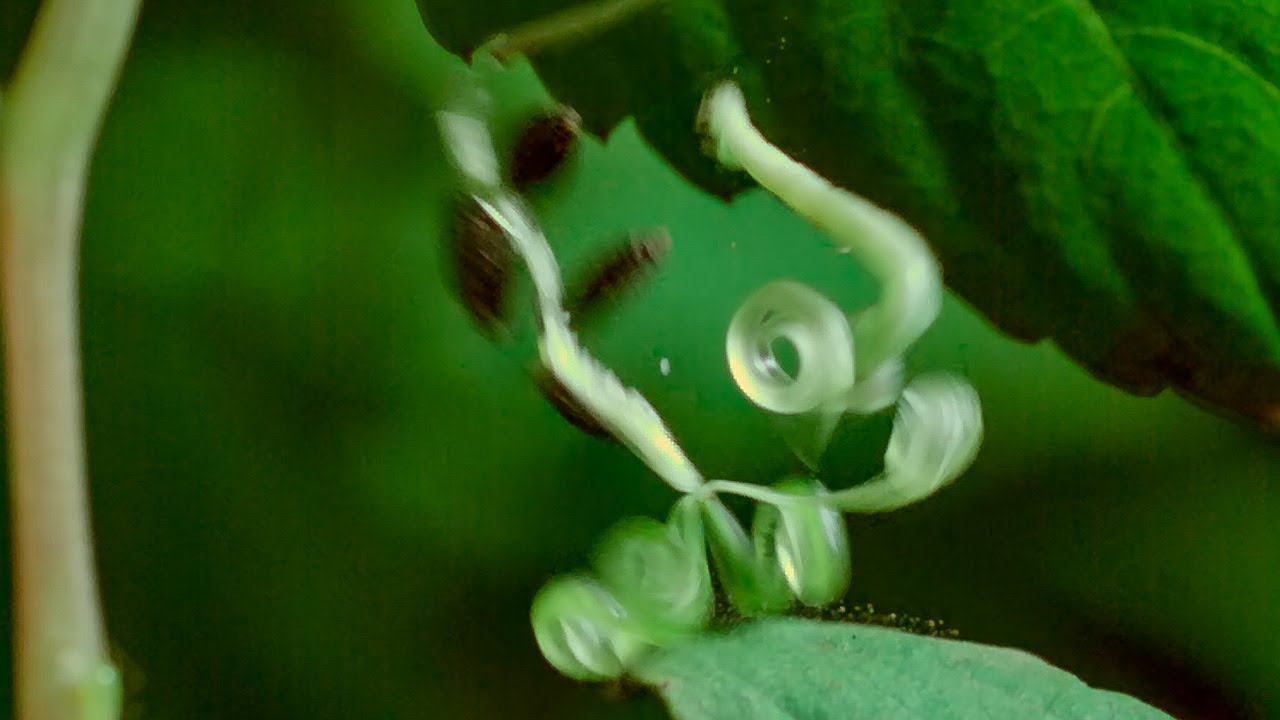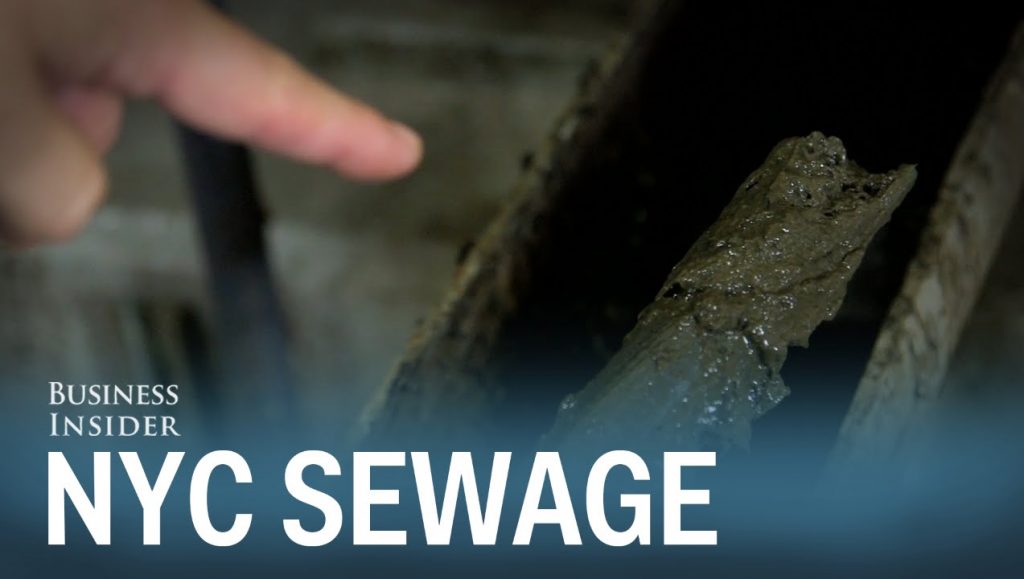Caterpillars Feeding on Exploding Touch-Me-Not Seed Pods

Exploding Touch-Me-Not Seed Pods
These caterpillar are close to extinction, and their Touch-Me-Nots based diet doesn’t help them.
What are the implications of caterpillars feeding on touch-me-not seed pods for ecological research and conservation, and how can they be applied in agriculture and pest management?
Caterpillars Feeding on Exploding Touch-Me-Not Seed Pods: Implications for Ecological Interactions
Caterpillars are well-known herbivorous insects that play an important role in ecological communities by consuming plant biomass and transferring energy to higher trophic levels. However, not all plants are suitable or safe for caterpillars to eat, and some have evolved various defense mechanisms that limit or deter herbivory. One such plant is the touch-me-not (Impatiens spp.), which has explosive seed pods containing volatile chemicals that can harm or repel herbivores, including caterpillars. Nevertheless, recent research has revealed a surprising pattern of caterpillars feeding on touch-me-not seed pods and even using them as shelters. This article summarizes the current knowledge about this phenomenon, its ecological implications, and its potential applications in conservation and agriculture.
The touch-me-not, also known as jewelweed or snapweed, is a common woodland plant that belongs to the family Balsaminaceae. It is characterized by its delicate, orange or yellow flowers and its thin, almost translucent stems and leaves. The touch-me-not is an annual plant that grows in wet or shady places, such as stream banks, moist meadows, and forest clearings. It is adapted to survive in these habitats by producing copious amounts of seeds that can be dispersed by explosive dehiscence, a mechanism whereby the mature seed pods burst open when touched or bumped, catapulting their contents several feet away. This mechanism not only facilitates seed dispersal but also serves as a defense strategy against herbivores, as the pods contain potent chemicals, such as methyl salicylate, that repel or deter insects and mammals.
However, some caterpillars have evolved the ability to overcome this defense or even exploit it to their advantage. For example, several species of moth caterpillars in the family Noctuidae have been observed feeding on touch-me-not seed pods, using their strong mandibles to break them open and extract the seeds, which are nutrient-rich and relatively undefended. These caterpillars seem to be immune or resistant to the toxic chemicals in the pods, as they do not suffer any physiological or behavioral effects from consuming them. Moreover, some caterpillars have been seen using empty or partially eaten pods as shelters or traps, lining them with silk and debris and hiding inside them during the day or between molts. This behavior may not only protect the caterpillars from predators but also provide a microhabitat that enhances their survival and growth.
The phenomenon of caterpillars feeding on touch-me-not seed pods is a fascinating example of ecological interaction and adaptation, as it illustrates how two organisms can coexist and evolve in a dynamic and complex environment. Moreover, this phenomenon has several implications for ecological and conservation research. First, it suggests that the relationship between plants and herbivores is not always a simple case of defense and offense, but rather a multifaceted and context-dependent process that can vary across space and time. Second, it implies that the impact of herbivory on plant fitness and community dynamics may not be as straightforward as previously assumed, as some herbivores may consume only a fraction of the plant tissues and leave others intact, while others may trigger compensatory responses that increase plant growth or reproduction. Third, it highlights the importance of studying and conserving biodiversity, as the coevolution of plants and herbivores can result in a rich and complex web of ecological interactions that support ecosystem functioning and resilience.
The phenomenon of caterpillars feeding on touch-me-not seed pods also has potential applications in agriculture and pest management. For example, the identification and manipulation of the compounds responsible for the caterpillars’ immune or resistant response to the touch-me-not chemicals could lead to the development of new plant protection strategies that are more selective and less harmful to non-target organisms. Similarly, the use of touch-me-not seed pods as trap crops or decoys could help control or reduce the damage caused by herbivorous insects in crops or gardens, by attracting them away from the main target and exposing them to natural enemies or pesticides. These applications, however, require further research and testing to validate their effectiveness and safety.
In conclusion, the phenomenon of caterpillars feeding on touch-me-not seed pods is a fascinating and complex ecological interaction that reveals the dynamic and multifaceted nature of plant-herbivore relationships. This phenomenon has several implications for ecological research, conservation, and agriculture, and highlights the importance of studying and preserving biodiversity as a source of knowledge and innovation. By appreciating and understanding the diversity of life and its interactions, we can not only expand our scientific horizons but also enhance our stewardship of the planet and its resources.









5 Fast Growing Veggies You Can Harvest in Under 1 Month
How a Multimillionaire became the modern Robinson Crusoe
WORLD CUP FINALS WINNING RACE RUN
3 Axe Tricks Every Outdoorsman Should Know
People Share Their Secret Anonymously (episode 5)